Photography by Pete Balmer
Sydney regional forecast: Maybe no Cape again too soon, but plenty of good energy out there on the long range.
The Cape Solander slab is one of Sydney’s early winter staples. That’s typically when strong uncluttered swells push in from a good ESE angle under light wind conditions or maybe moderate south-westerlies.
And there it is, along with a few other slabby things up and down the central NSW coast. Very June. But … February?
Pete Balmer had his eye on a spot a couple of hours south, planning to drive down with house guest Andrew Mooney and get some uncrowded barrels. But Pete, a Cronulla boy, hadn’t had much luck on the road for a while. “I’d been getting skunked,” he says. “A lot. So I ended up thinking, maybe I’ll just stay local this time. I had a feeling about it. I get a bit of FOMO when I miss those days at home.”
Surfing for Pete is a meditation, and for him, Cape wasn’t that for a while. But he began shooting it from land around 2015, and from the water a year or two later, and realised it didn’t feel uncomfortable for him any more. “It’s not so much just the surfing I like shooting, it’s the whole thing, people, environment, everything around it.”
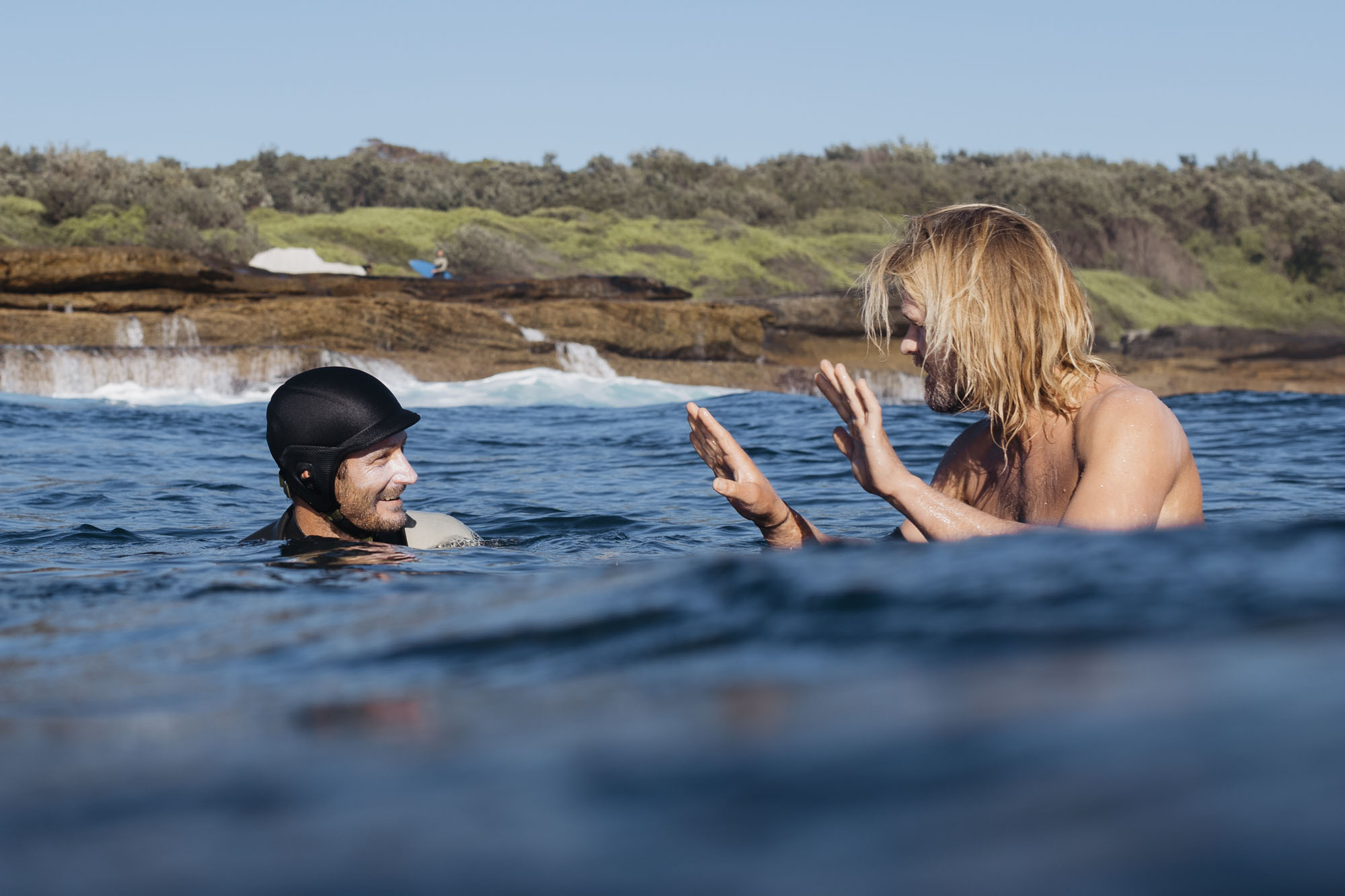
There’s always conversation in a lineup. Sacha Specker and Luke O’Connor, solving the problems of the world.
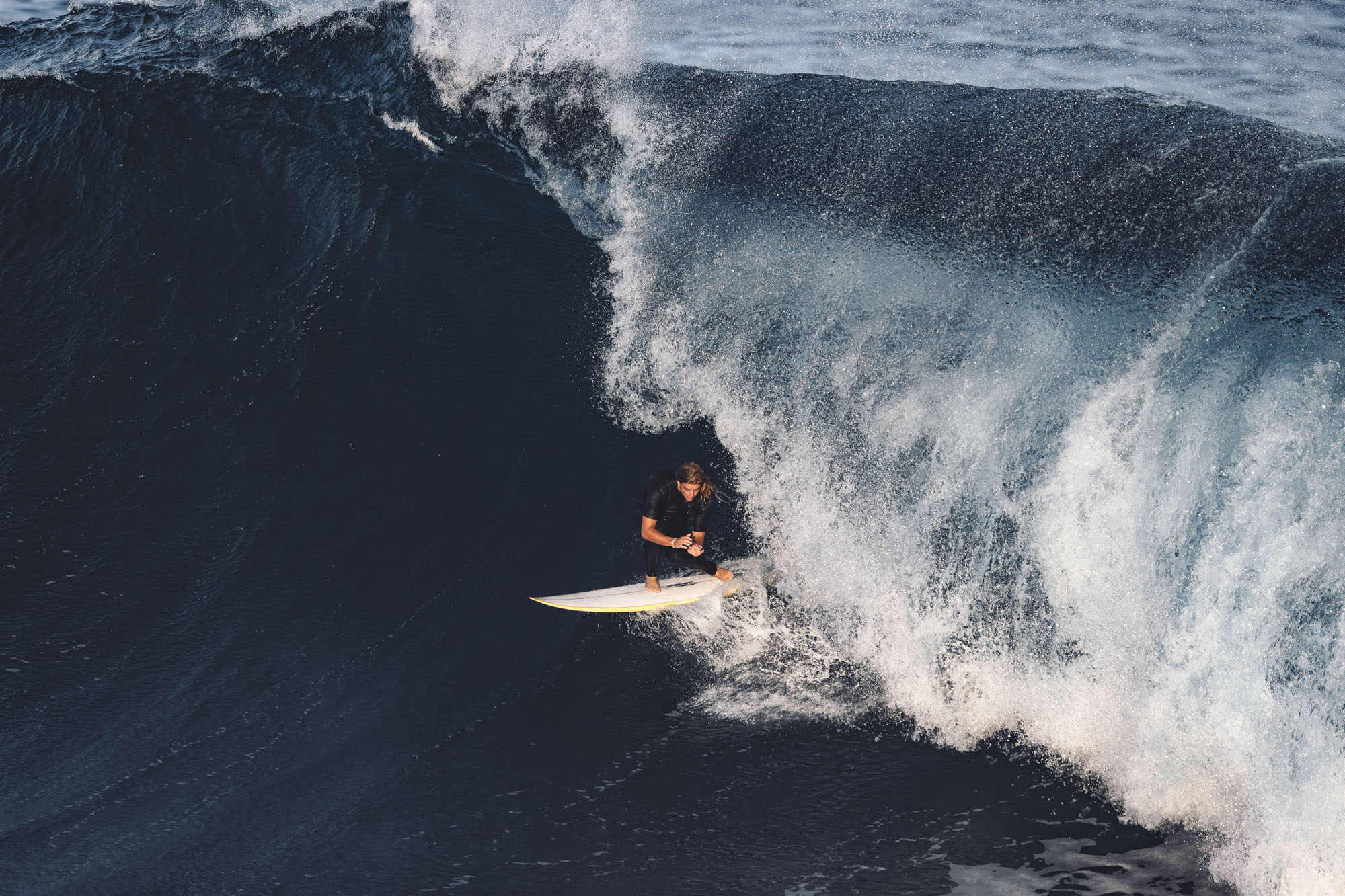
Alex Hayes, checking the time on Tuesday afternoon.
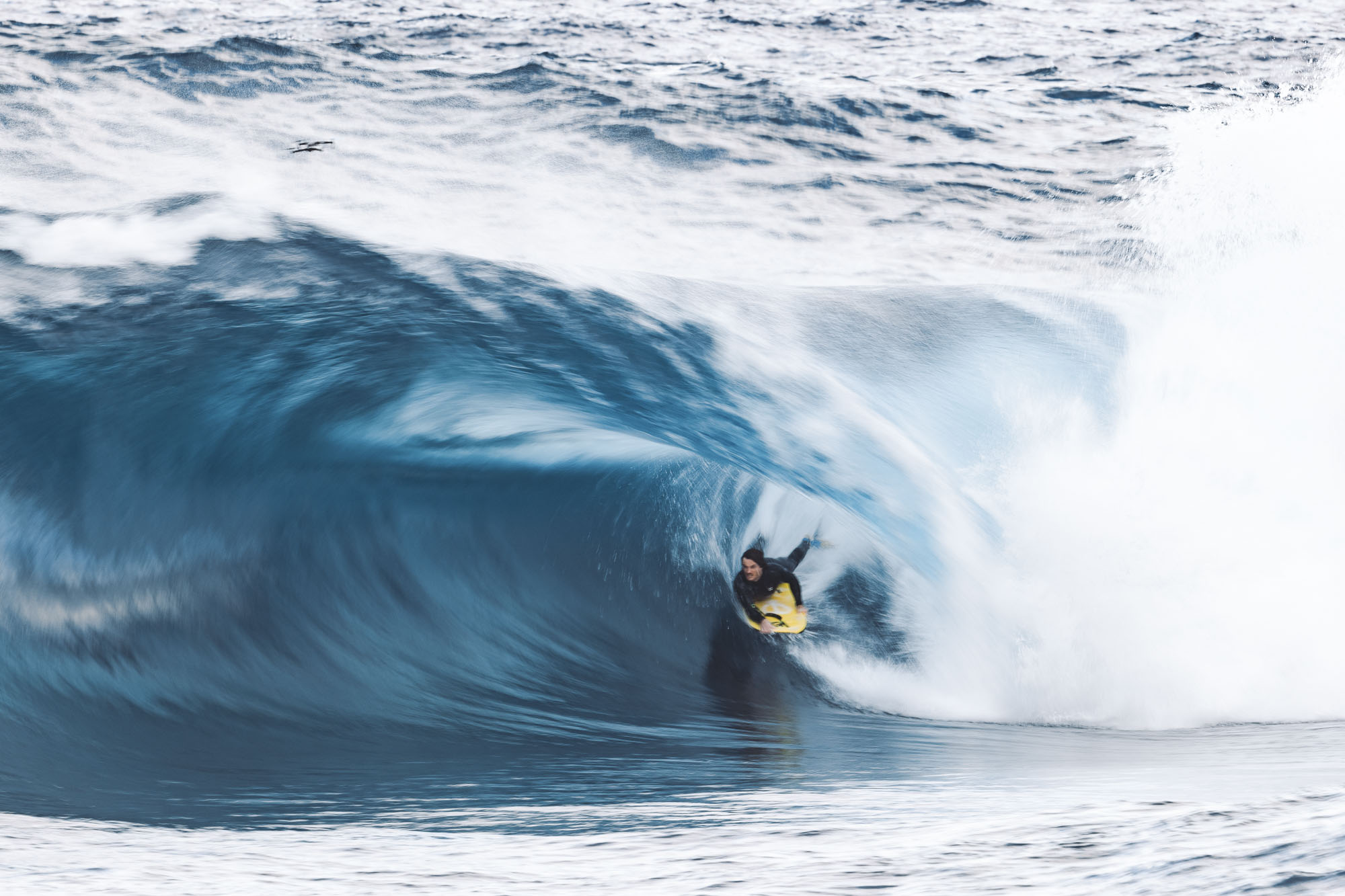
The wave changes shape so fast, but when the camera stops it, amazing things are revealed. Brendan Rowney.
Pete walked over on Tuesday afternoon, February 8, with just a camera and lens, and saw that the new swell — a leftover burst from ex-TC Cody — had already showed. “It’s not super uncommon,” he says of pre-winter Cape. “Last year it was a bit slow. But it does like the east swell. A nor-east gets in there but it is a bit deadly at the end. In a SE swell, it’s harder to paddle, usually more of a tow swell, and there’s more wash-throughs for the photographers.”
Pete shot from the land for a while, and came back next day with a water rig. Wednesday was the day — sparkling clean, almost no wind for a long time, and warm in the water. Indeed, crazy warm for a place where a lot of crew wear wetsuits as protective devices. “I wore a 3/2 and it was the worst move,” says Pete. “There were crew out there in boardshorts.”
Anyway, you can see the results of Pete’s work that day right here.
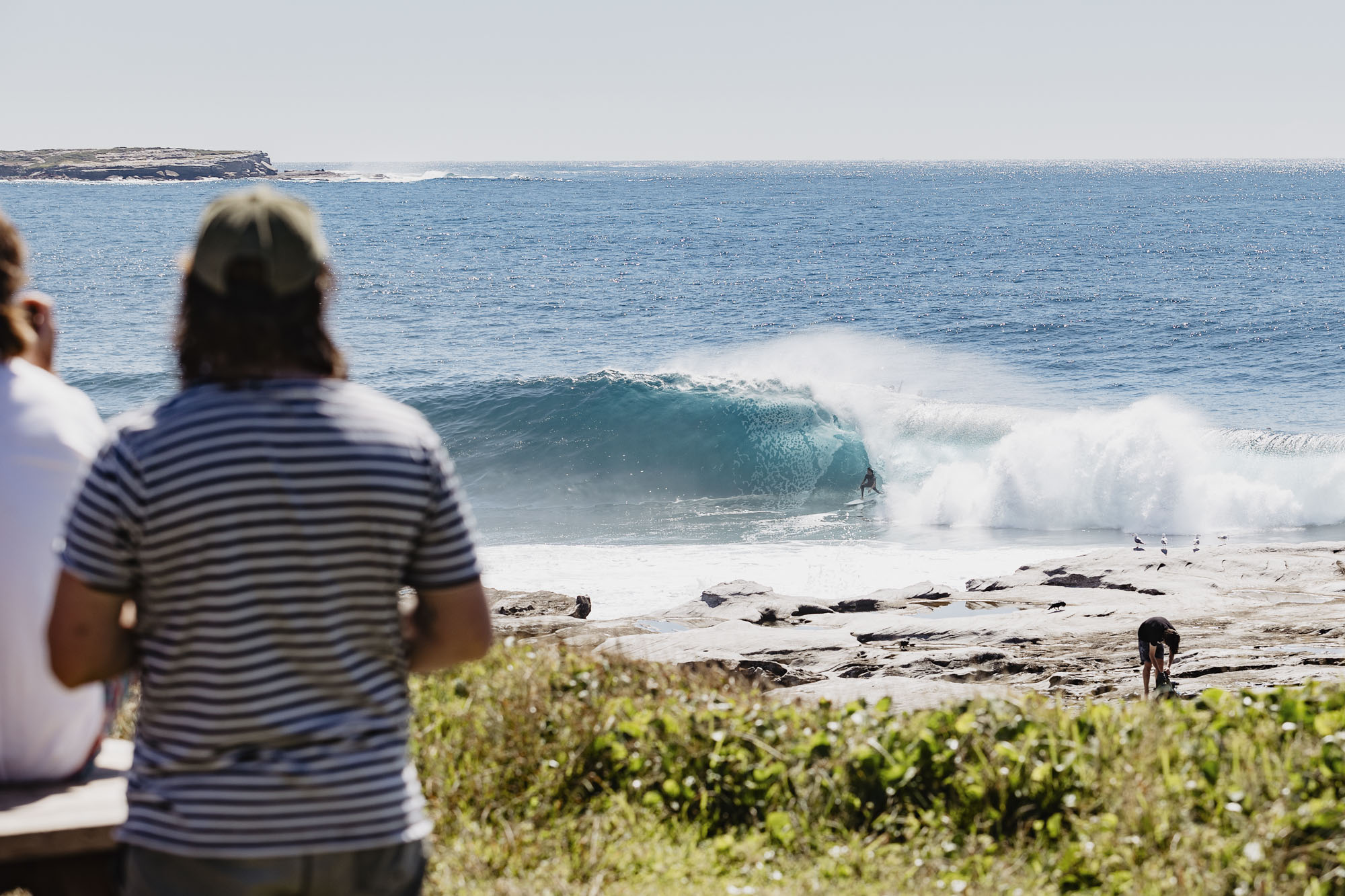
Like we said, summer. Max McGuigan, familiarity breeding a semi layback.
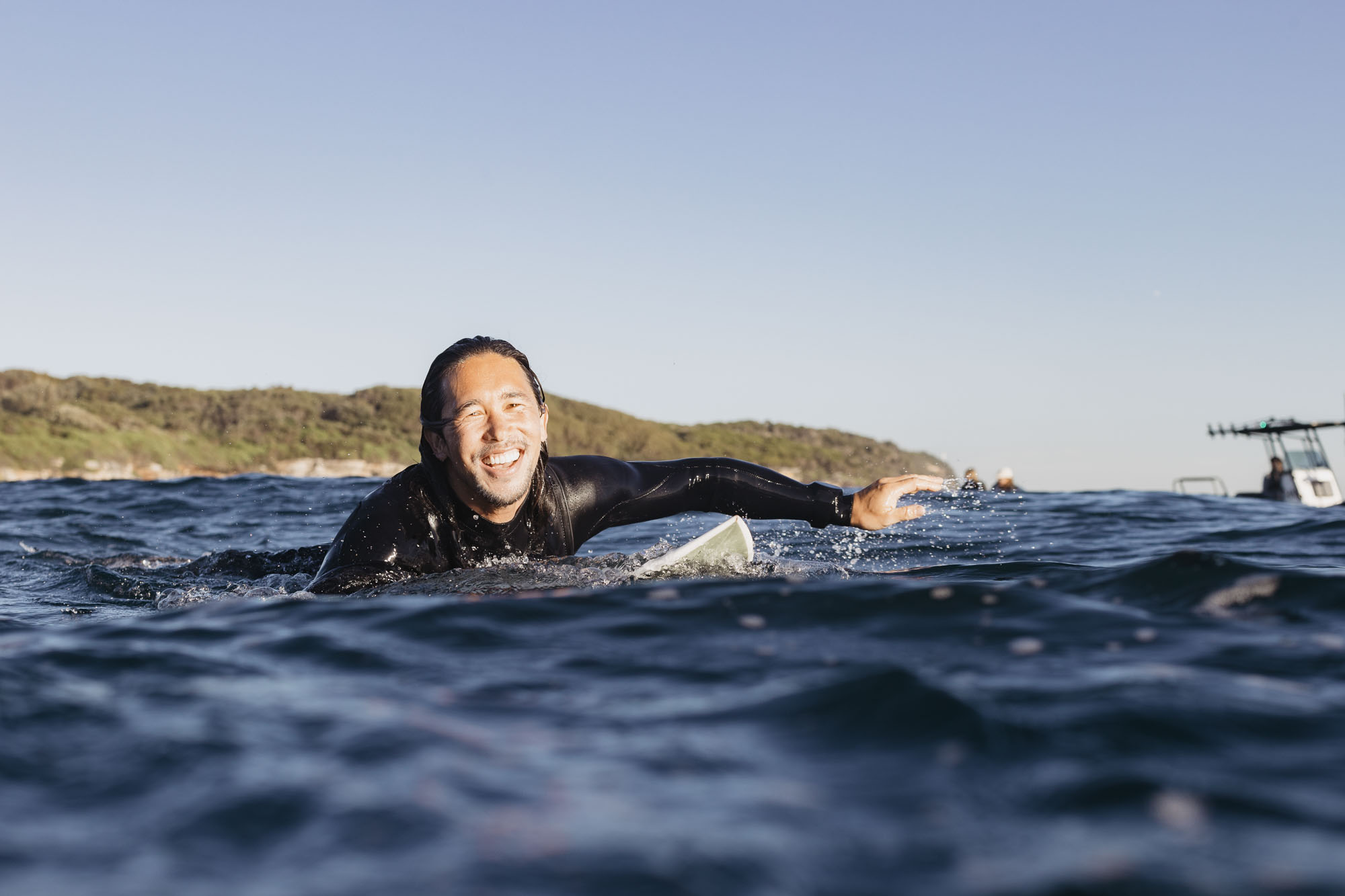
Always good to see a happy face. Josh Ku, maybe thinking about his next wave.

Kirk Flintoff was one of the lords of this swell. Inside the glow of Wednesday morning.

Pete’s house guest Mooney, on the cruise.

You saw his great wave on video, here’s another of a bunch. Max McGuigan.
Since that swell, another thing has changed about Solander: the shark fatality across the bay. Little Bay is almost visible from the lineup. “There’s definitely less people around right now (because of it),” says Pete, telling a story about how he and Kirk Flintoff were once circled by a shark at Solander. Eventually, it chased them up on to the rocks.
“Maybe it’s the warm water,” he wonders aloud. Maybe, it’s February after all.
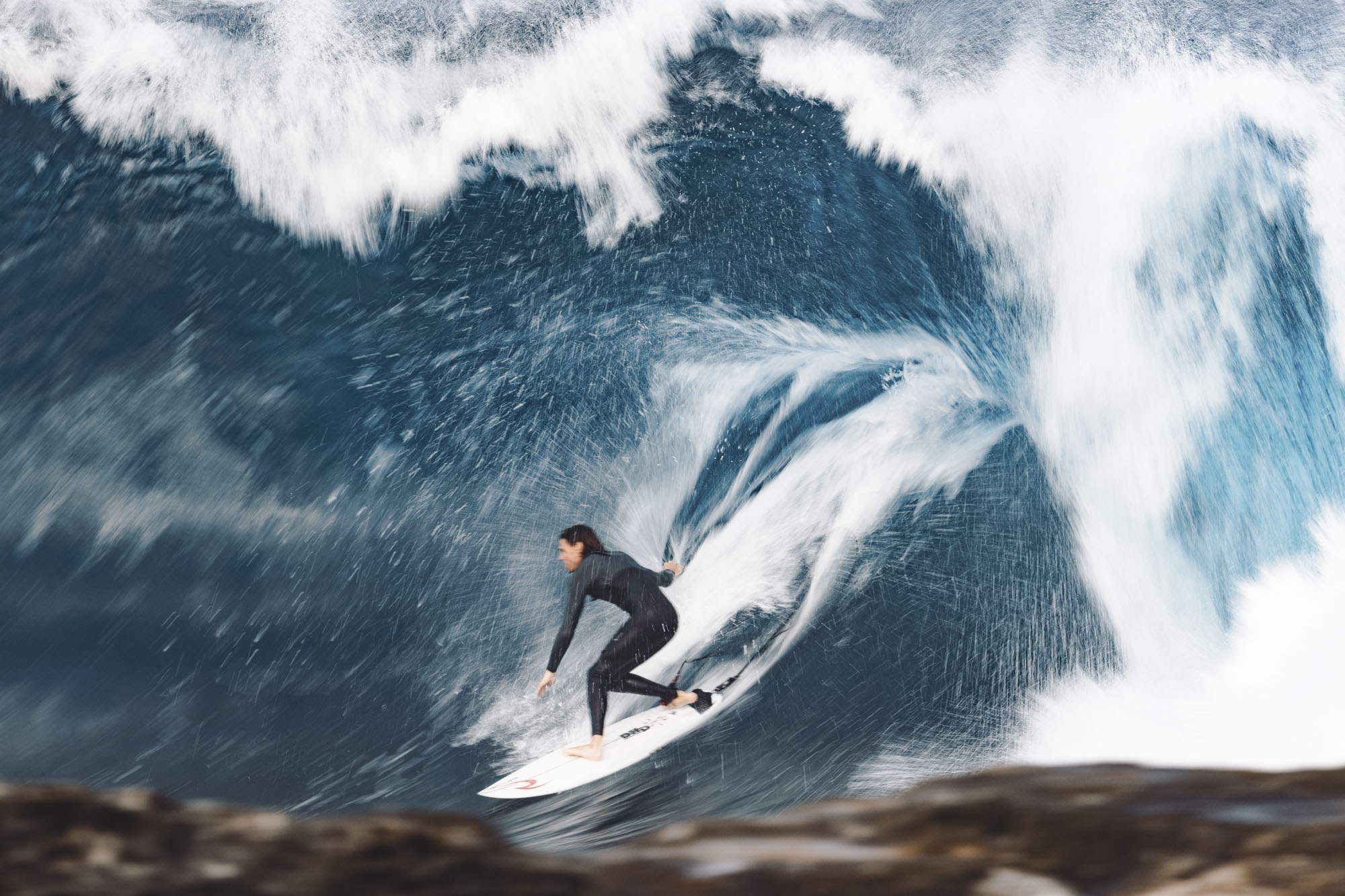
Yes, it breaks very close to the rocks. Kipp Caddy, trying to slow it down anyway.

Kipp again, with aquaman in the background. Solander began with bodysurfing, and it’s still being done today.
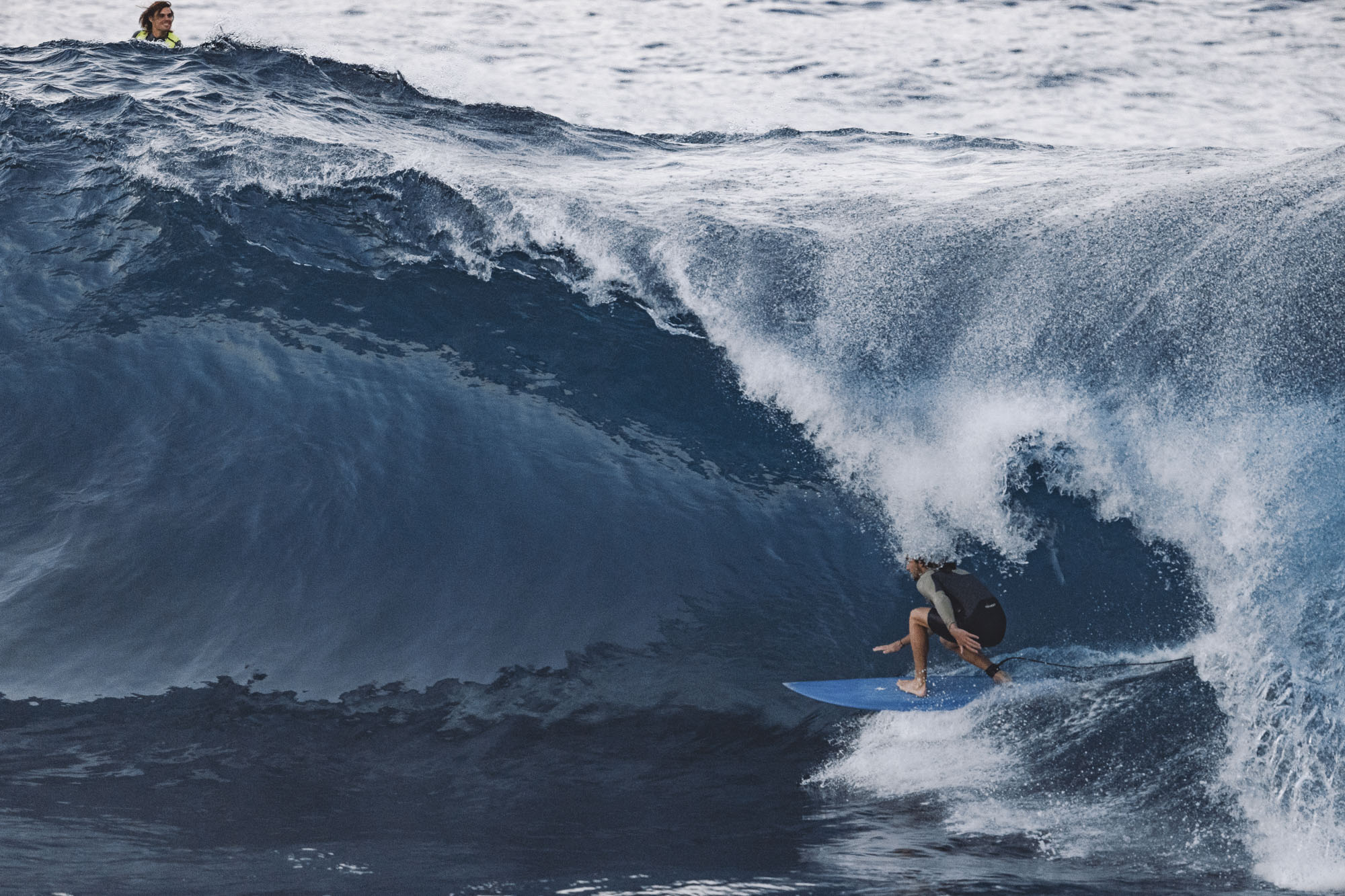
James Marino, hoping he hasn’t slowed down too much.
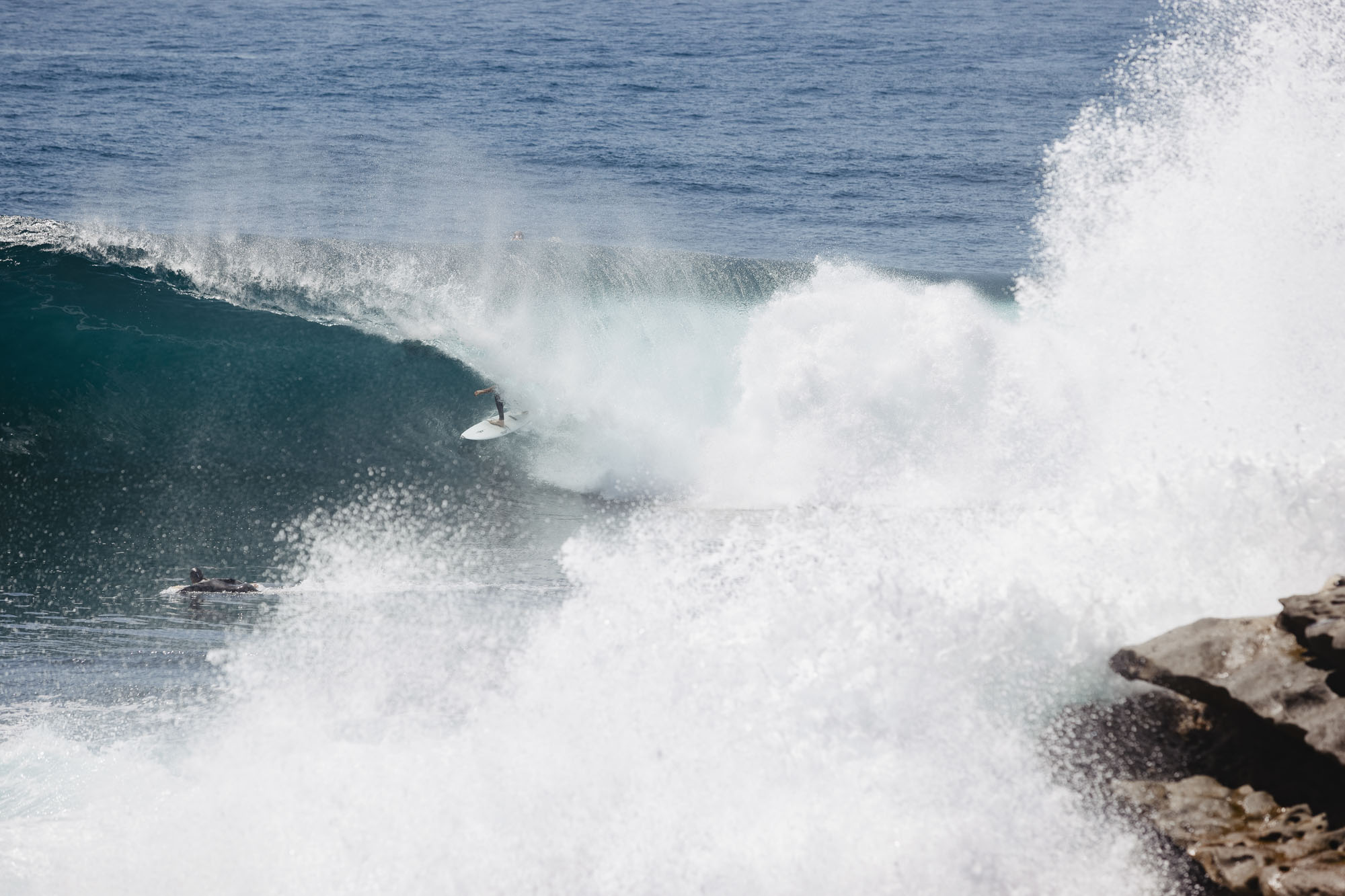
Mooney snares one.
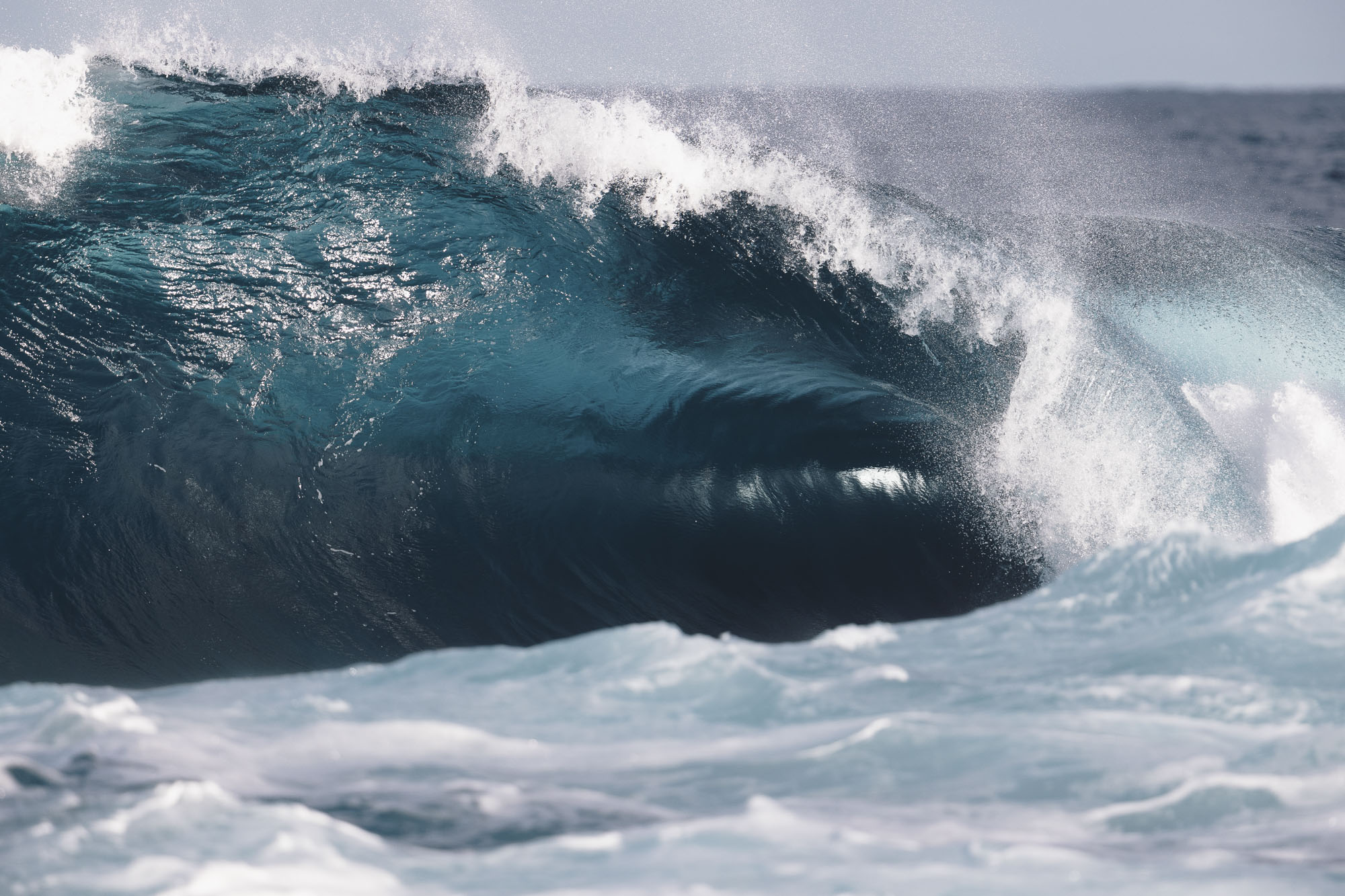
Water can look solid, even when we know it’s not. One that got away Tuesday afternoon.
Senior Forecaster Ben Macartney fills us in on the spot and this swell:
Cape Solander turns it on in a variety of different swells, but it needs plenty of E/SE to really light up. Too much northeast and the barrel clamps down on the rider prior to exit. Too much south misses the best part of the reef altogether. There’s a specific combination of wave height, period and direction that occasionally come together to light up the fickle slab with astonishing perfection.
That’s pretty much what transpired on Wednesday 9th. The 3 to 5 metre ESE/SE swell arrived from 130-150 degrees at peak periods of 12-13 seconds, producing wide open barrels without drawing too much water off the reef. The other key element was a light offshore WNW breeze that remained in place all morning.
This swell’s origin was a slow moving low pressure system, embedded on a surface trough located west of NZ’s North Island on February 6th and 7th. The 999 hPa low supported a broad and slow moving 30 to 35 knot SE/ESE fetch over the eastern Tasman Sea, working in conjunction with a 1033 hPa high pressure system southeast of Tasmania. The slow southwest to westward drift of the trough/low compounded seas and swell to heights of 23ft seas just east of the 160E meridian on Monday 8th, leading in a solid peak in mid-period SE swell on Tuesday.
***
The tragedy that happened next door.
The Amazing February series: A month in three minutes
"filled" - Google News
February 22, 2022 at 02:19PM
https://ift.tt/6AJ8lnB
Slab-Filled Moments From Cape Solander - Surfline.com Surf News
"filled" - Google News
https://ift.tt/O5ZVfaI
https://ift.tt/xdtNARu
Bagikan Berita Ini














0 Response to "Slab-Filled Moments From Cape Solander - Surfline.com Surf News"
Post a Comment